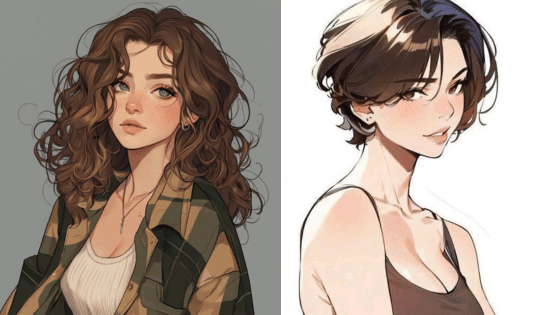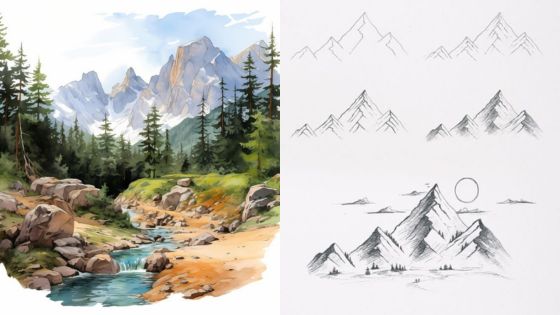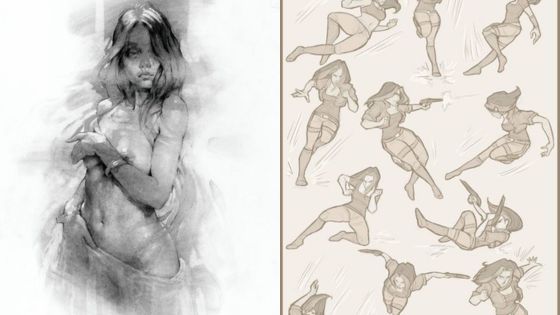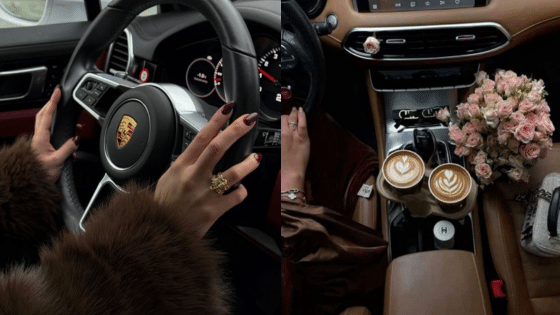Cartoon body proportions are key to creating characters that look balanced and believable. Artists often use simple rules to decide how big the head, torso, and limbs should be compared to each other. The most important thing is to keep the size of body parts in proportion, which helps define a character’s unique style and personality.
For example, many cartoon kids are drawn about three heads tall, giving them a cute and childlike appearance with big heads and small bodies. This kind of rule helps artists keep their drawings consistent, whether the character is realistic or exaggerated.
Understanding these basics makes it easier to create poses and movements that look natural. Knowing the right proportions helps the artist bring characters to life in a way that feels both fun and believable.
Basics of Cartoon Body Proportions
Cartoon body proportions are about balancing size and shape to create clear, appealing characters. It involves how big the head is compared to the body, how much exaggeration is used, and following simple guidelines that help keep characters consistent and readable.
Understanding Head-to-Body Ratio
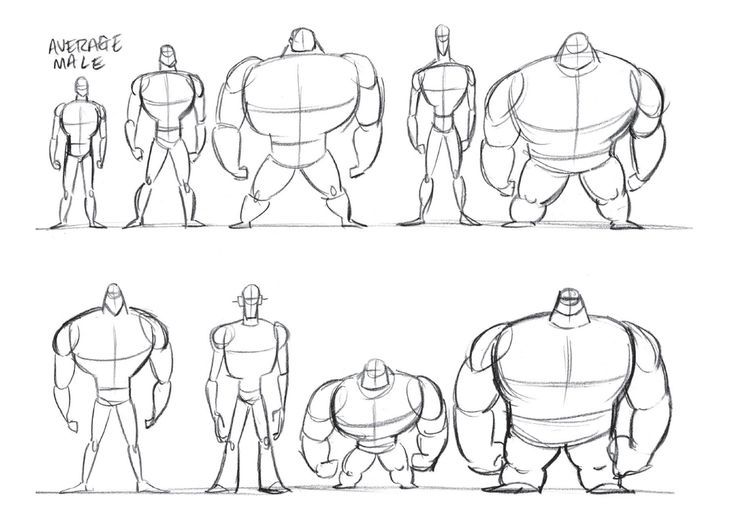
The head-to-body ratio is key in cartoons. It measures how many “heads” tall a character is. For example, a typical adult might be 7 to 8 heads tall in realistic drawing. In cartoons, characters can be as short as 3 heads tall, especially for kids or cute characters.
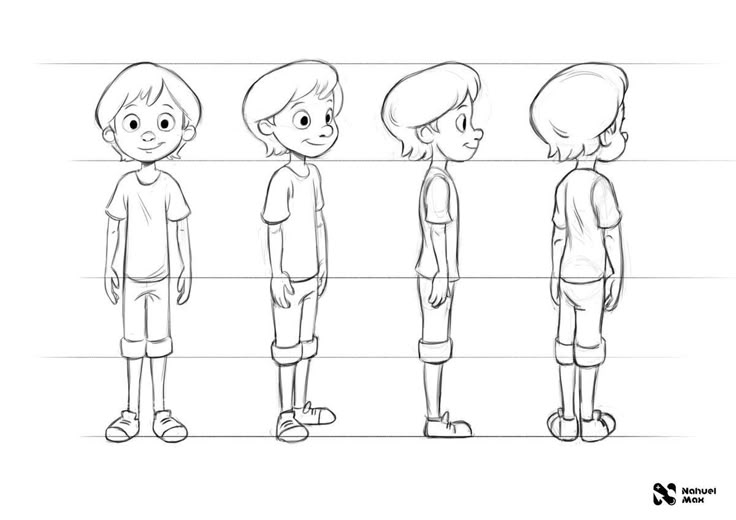
A bigger head compared to the body makes a character look younger or more playful. This ratio helps artists decide how simple or detailed a character should appear. Changing the head size also affects personality, like a large head showing innocence or a small head making a character look serious.
Comparing Realistic and Exaggerated Proportions
Realistic proportions mirror real human bodies. They usually keep limbs, torso, and heads in standard sizes, which makes characters feel believable and natural.
Exaggerated proportions mix reality with fantasy. An arm might be longer, or legs shorter, to emphasize traits or emotions. For example, a strong hero might have very broad shoulders, or a funny character could have tiny legs and a huge head. These changes help tell stories and add fun.
Exaggeration is important in cartoons but should keep a balance. Too much can confuse the viewer, while too little feels dull.
Common Proportional Guidelines
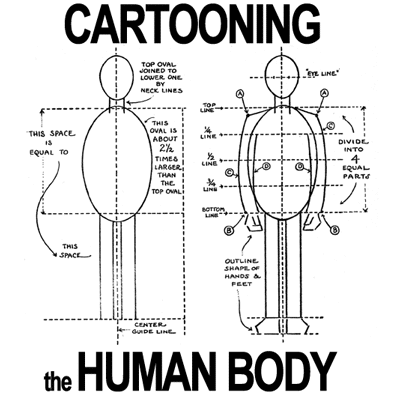
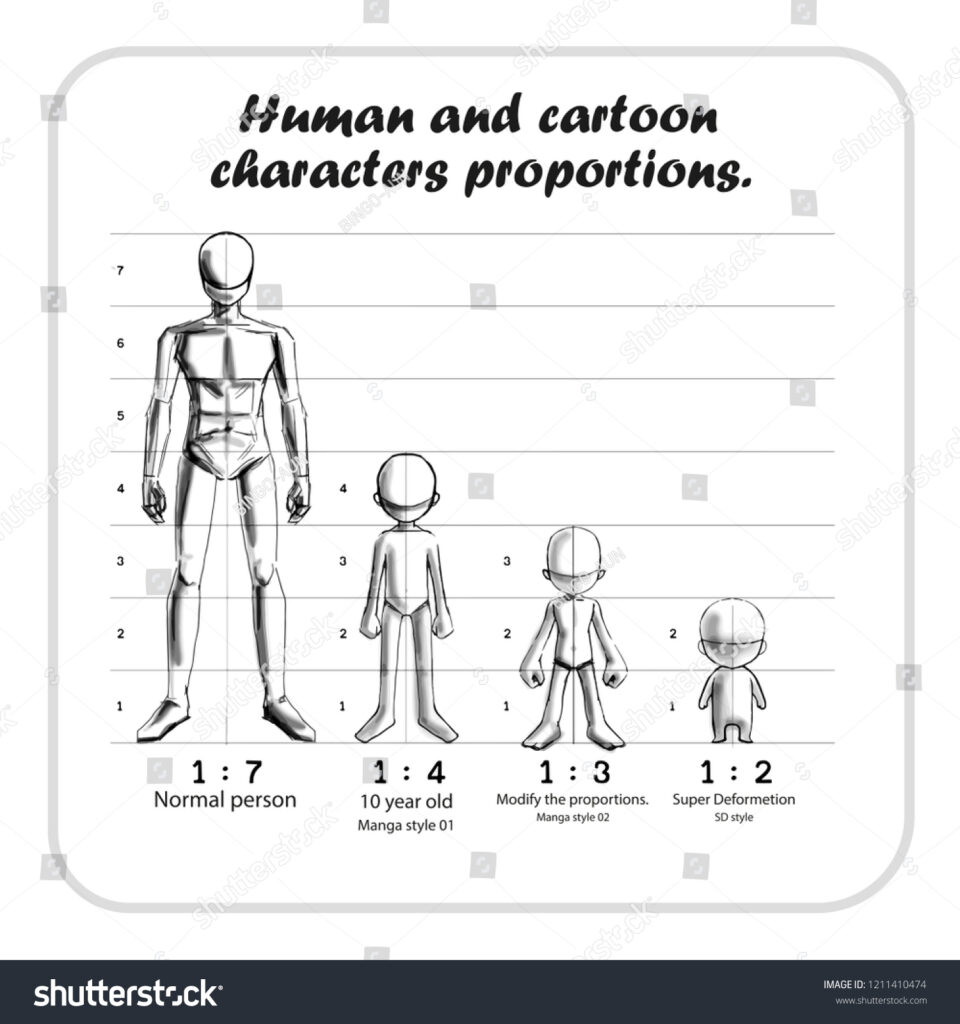
Some simple rules help maintain balance in cartoon drawing:
- Kids: usually 3 to 4 heads tall.
- Teenagers: about 5 to 6 heads tall.
- Adults: 6 to 8 heads tall.
Artists also consider limb length. Arms typically reach to mid-thigh in average proportions. Legs are often half or more of the total height.
Using these guidelines helps create a natural look or defines a character’s style fast. Artists can then change or “push” these rules to create unique personalities while keeping the figure believable.
Designing Distinctive Character Types
Creating different character types means paying close attention to how their bodies are shaped and sized. These choices help make each character feel unique and believable. Whether drawing children, animals, or fitting into a style, understanding body proportions is key.
Proportions for Children vs Adults
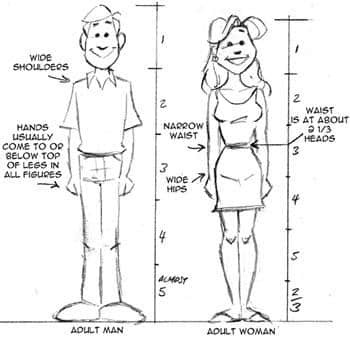
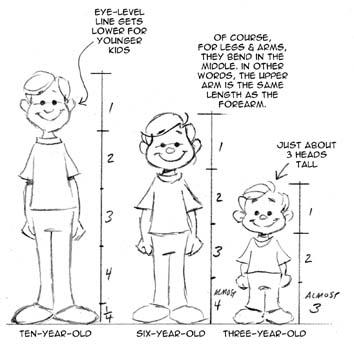
Children’s body proportions are quite different from adults. Typically, children have larger heads compared to their bodies. For example, a child might be about four heads tall, while an adult is usually around six to seven heads tall.
The torso and limbs of children are shorter and rounder. Adults have longer limbs and more defined muscles. This size difference affects how characters move and express emotions.
When drawing children, focus on bigger heads and rounder shapes to make them look younger and more innocent. Adults need more balanced proportions for a mature look.
Animal and Creature Proportions
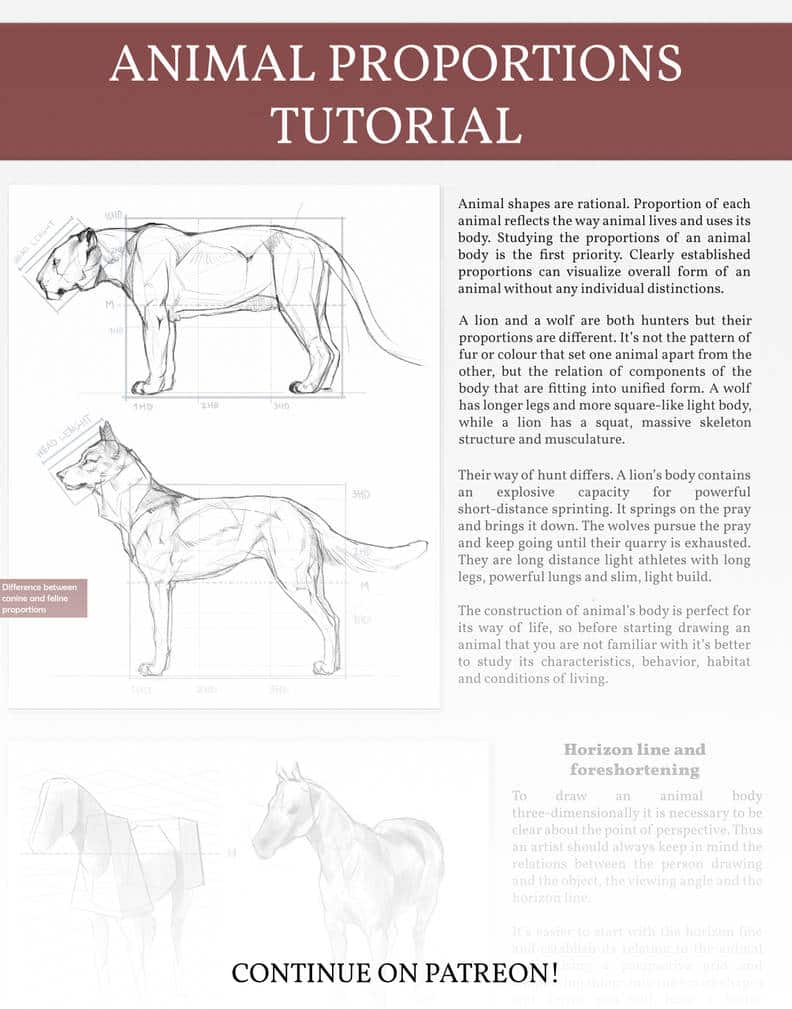
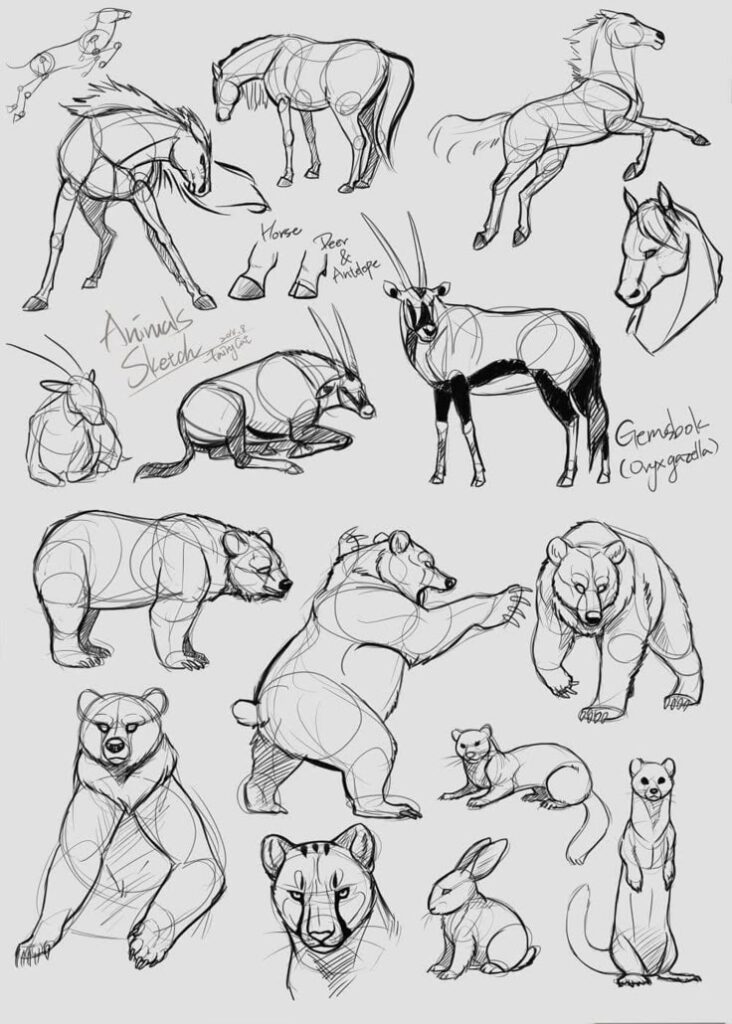
Animals and creatures follow different proportion rules than humans. Their body shapes vary depending on species and whether they are real or imaginary.
Common features to consider are the size of the head relative to the body and limb length. For example, a cartoon dog might have a large head and short legs to look cute. A dragon might have a longer body and tail for a fierce effect.
Designers often mix human and animal features. In these cases, balancing the animal traits with some human proportions helps keep characters relatable.
Style Variations in Different Genres
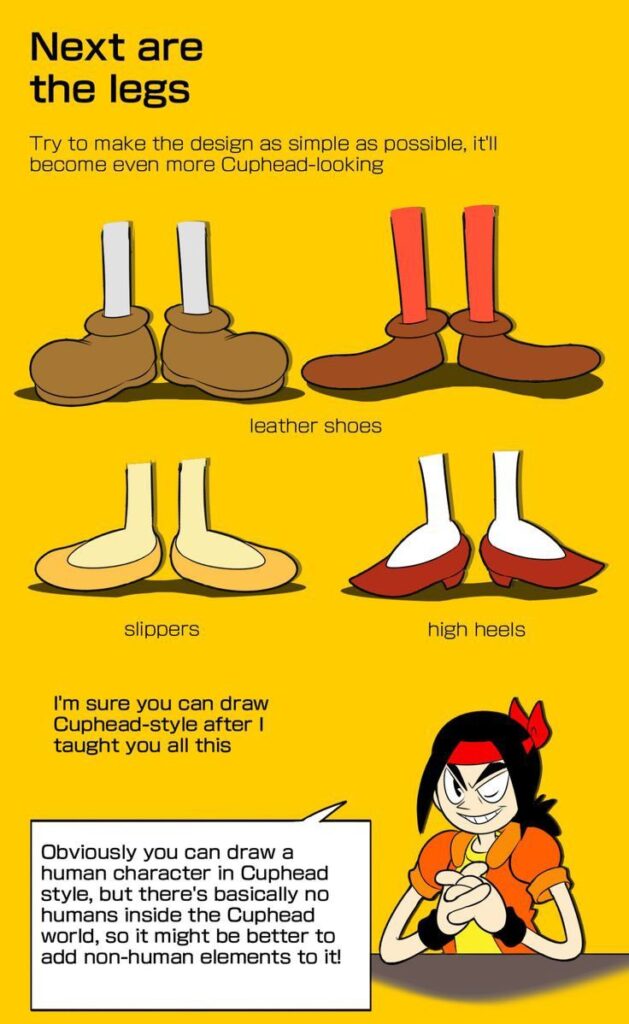
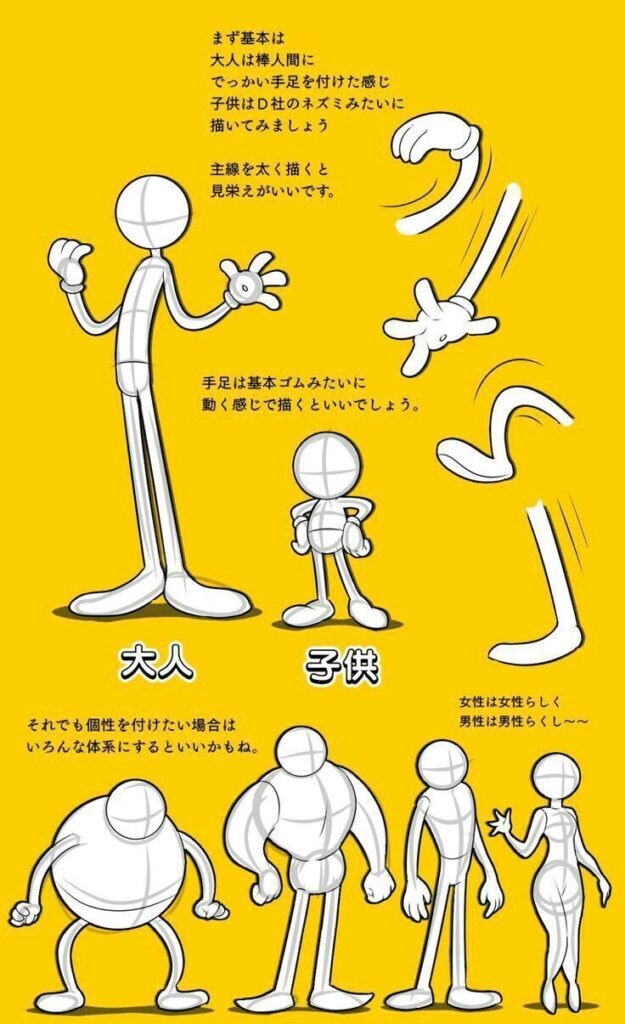
Cartoon styles affect how characters’ proportions are drawn. For example, superhero comics usually show exaggerated muscles and long limbs for strength.
In contrast, chibi or kawaii styles use very short bodies and huge heads to emphasize cuteness.
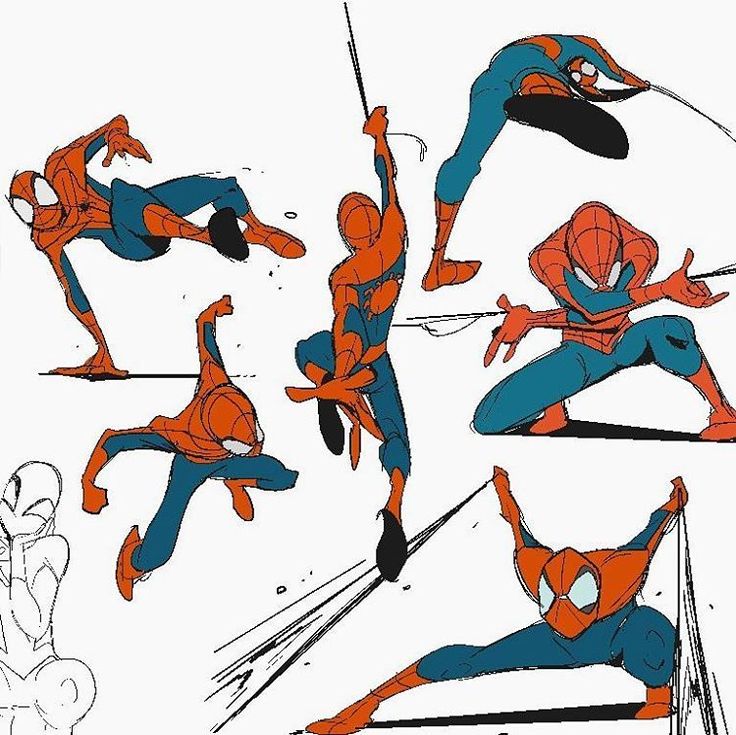

Genre affects proportions because it sets tone and mood. A horror style may use odd body ratios to create discomfort, while a comedy style uses fun and playful shapes. Understanding these changes helps artists create fitting characters within different story worlds.
Applying Proportions in Cartoon Illustration
Understanding how to use proportions helps artists create characters that feel balanced and lively. Artists must think about the shapes they draw, how characters move, and how changing sizes can add humor or emotion.
Sketching and Blocking Out Shapes
The first step is to block out simple shapes to set the character’s basic form. Using circles, ovals, and rectangles helps keep proportions clear. For example, a character might be six heads tall, or just three for a chibi-style figure.
Artists use the head size as a unit to measure the body parts. This keeps the figure consistent across drawings. Blocking shapes also guides where arms, legs, and torsos fit in relation to the head.
This rough outline makes it easier to adjust parts later and keeps characters looking balanced, even when they move or stretch.
Dynamic Poses and Expressive Movement
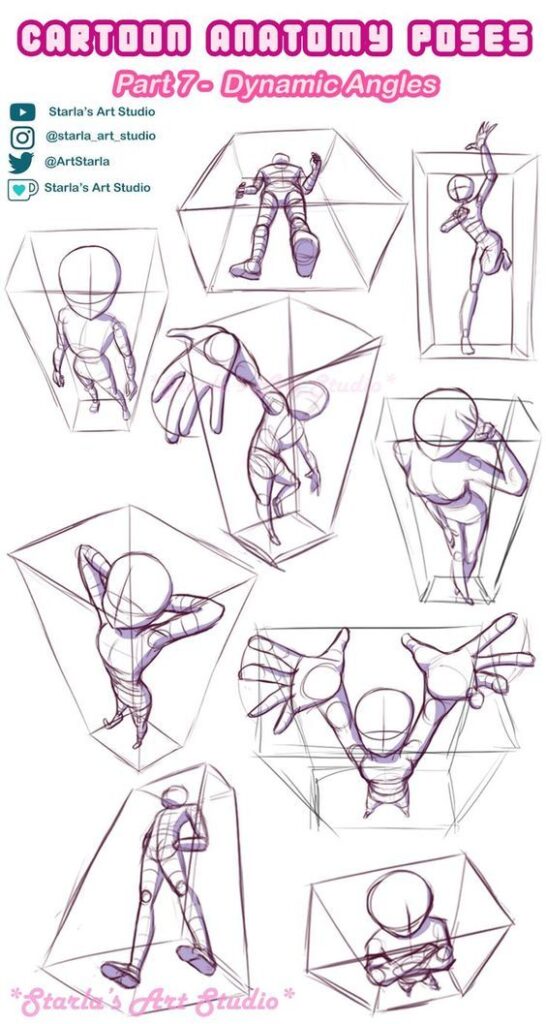
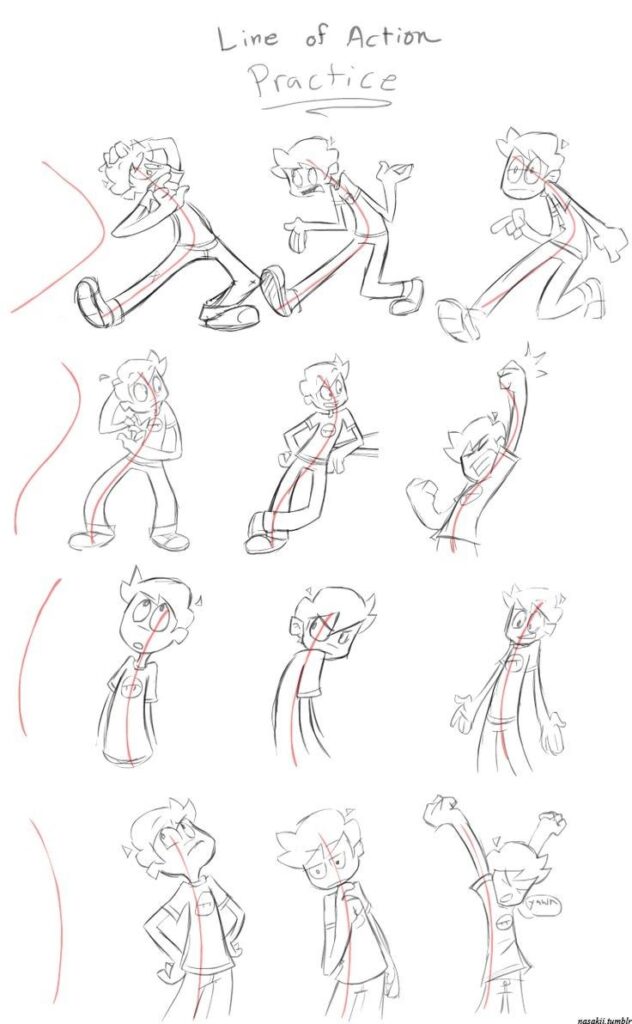
When drawing action or emotions, artists tweak proportions to make poses feel natural and fun. Limbs might stretch longer for running or bend in exaggerated ways to show surprise or fear.
Body weight shifts depending on the pose, too. For example, leaning forward can squash the chest and stretch the back leg. Artists observe real movement to capture how body parts relate to each other during motion.
Using flexible proportions in poses brings energy and personality to characters, making their actions easy to understand.
Adjusting Proportions for Emotion and Humor
Changing proportions can show mood or add humor. A large head and small body often make a character look cute or childlike. Bigger eyes and hands can show excitement or surprise.
Conversely, shrinking the head or enlarging the torso can make a character feel awkward or serious. Comedic effects come from exaggerating body parts, like long legs or wide shoulders.
Knowing which parts to enlarge or shrink helps artists create a stronger emotional connection or deliver a joke through visuals alone.
- 76shares
- Facebook0
- Pinterest75
- Twitter1
- Reddit0








